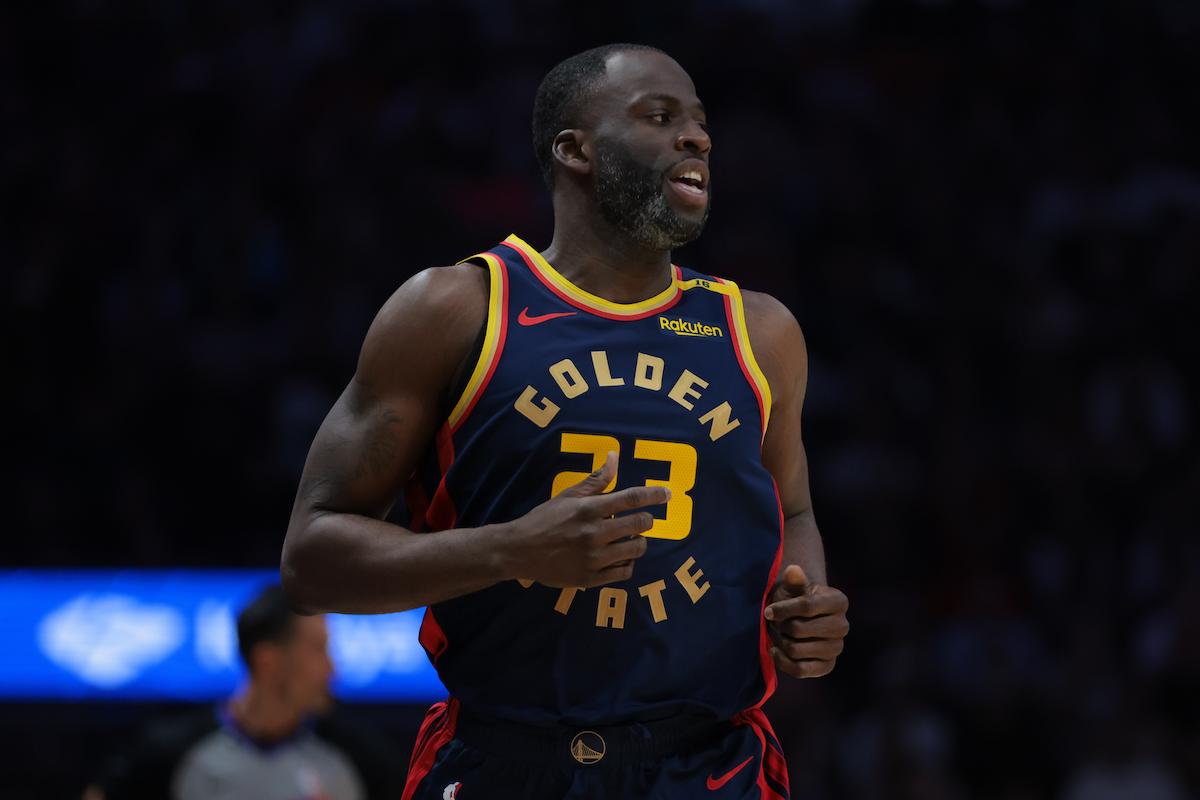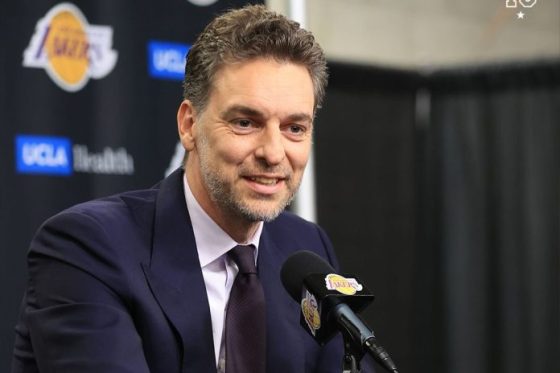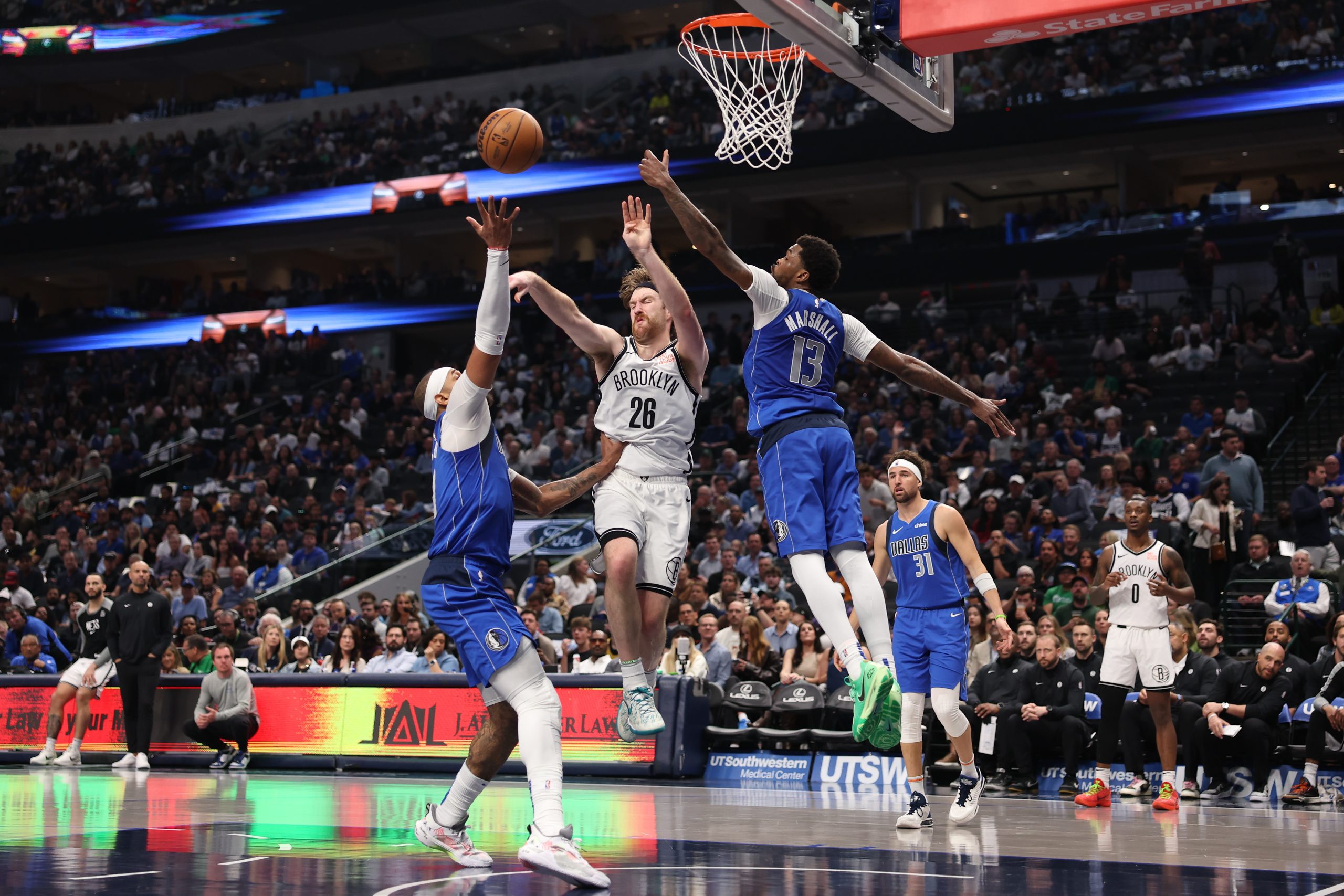Key Highlights
- Haliburton’s blend of passing, scoring, and decision-making makes him one of the best offensive players in the league
- Haliburton’s weak defense and lack of a playoff sample size keeps him from being a true MVP contender
- What Haliburton is doing right now is a little bit different from what Steve Nash was doing in the mid-2000s
The Indiana Pacers are 8-5 and the proud owners of the best offense in the NBA (they are also the first team to ever qualify for the Knockout Round of the NBA Play-In Tournament). And all that is in large part thanks to the play of fourth-year showman Tyrese Haliburton.
In fact, Halliburton has been so good that he’s even generating some MVP buzz. But what is it that makes him so good? And is he really an MVP-caliber player in 2023-24?
What Makes Haliburton Special
The number one thing you need to know about Haliburton is that he plays fast. And we’re not talking Michael Jordan first step fast. We’re talking blink, and the entire possession might be over fast.
In the clip below, pay attention to the shot clock. Only one second comes off of it between the time Haliburton secures the defensive rebound and launches a fullcourt rocket over to a streaking Obi Toppin.
Ever since Steve Nash (more on him later on) and the ‘Seven Seconds or Less’ Phoenix Suns revolutionized offense in basketball by racing up and down the court at a breakneck pace, the key to elite offense has been to create high-value looks early in the shot clock. And under Haliburton’s guidance, the Pacers are doing just that. On the season, Indiana is third in the NBA in frequency of shots taken with 22-18 seconds left on the shotclock (per NBA.com).
Haliburton’s penchant for playing with pace gets at a much larger theme about his game. Once, while sitting in on a varsity high school basketball practice, I heard a player telling his teammate something along the lines of, “The defense can’t take away everything. There is always a counter for what they are doing.”
Whether he knew it or not, what the boy was talking about here is the central premise of read-and-react basketball. Read what the defense is doing and react based on that. And our friend Haliburton might just be the leading expert in this field.Take this next clip, for instance. Here, the Utah Jazz try switching the Pacers’ screening action to slow down Indiana’s offense.
However, Haliburton quickly realizes that by switching, Utah is conceding a mismatch, as Keyonte George (6’4) is now stuck guarding Myles Turner (6’11). Without hesitation, Haliburton immediately flips the pass to a rolling Turner before the rest of Utah’s defenders can collapse in on the paint. You see the results.
Haliburton is so good at surveying the floor and pinpointing weaknesses in his adversary’s coverage. It’s this skill that makes him one of the very best passers in the NBA. On the season, Haliburton leads the league in assists with 12 per game. And he’s also leading the league in potential assists (20.1, per NBA.com). So, you can’t just chalk his passing numbers up to great shot-making from his teammates.
But don’t make the mistake of labeling him as just a playmaker. Later on in that game against the Jazz, Haliburton exploited Utah’s switching by driving on the slower bigs they would try to put on him (like this). And while there is no question he’s a better passer than scorer, Haliburton is still hyper-efficient from every area of the court.
According to the website Dunks & Threes, for his position, Haliburton is in the 60th percentile in rim finishing, 96th percentile in midrange shooting, and 95th percentile in 3-point shooting. Overall, his scoring efficiency (measured by true shooting) is in the 95th percentile league-wide (regardless of position).
What Haliburton Still Needs
Haliburton’s combination of passing, scoring, and lightning-quick decision-making makes him one of the very best offensive players in the league. As it stands, he’s first in the NBA in Offensive Estimated Plus-Minus (OFF EPM). However, while he’s in the 100th percentile in that metric, he’s only in the 7th percentile in the defensive version of that stat (DEF EPM).
Some of his woes are a byproduct of the toll that his pace-pushing takes on his body. Some of it is the lackluster defensive personnel the Pacers often trot onto the court. But most of his negative value comes from Haliburton’s own limitations as a defender.
In this clip, you see an example of Khris Middleton mismatch hunting and isolating Haliburton. Not only does Haliburton get absolutely overpowered by Middleton, but he also tries defending him with his arms close to his chest, which makes it more likely that he’s going to get called for a foul (and that’s exactly what happens here).
Thanks to his size and high basketball IQ, Haliburton is above the Trae Young tier as it pertains to defense. But he’s not that much above it, which is still a pretty major concern when we’re projecting what his performance will look like in the playoffs.
Speaking of the playoffs, we still have never seen Haliburton in a playoff setting. This matters because we don’t have definitive evidence of how Haliburton’s ability to exploit weaknesses in opposing defenses will look when there are fewer weaknesses to attack. In the playoffs, stars are exposed to better competition that usually has better defensive personnel than the teams they face on most nights in the regular season.
We talked earlier about how the Jazz like to switch a lot to avoid scrambling their defense. That’s a good idea in theory, but it is easy to exploit in practice because of their poor defensive personnel (30th in defensive rating).
Imagine a team with better defensive players executing a switching scheme against Haliburton. What if, instead of having George switch on to Turner, it is someone like Jrue Holiday? It isn’t a guarantee that Haliburton won’t be able to find another blindspot to attack, but it is worth being concerned about, especially considering we just recently saw an elite defense like the Orlando Magic give Haliburton some fits with their athleticism and length.
The Bottom Line
The best argument for an elite pass-first offensive player like Haliburton being an MVP candidate is that Nash won the award twice while fulfilling the same archetype in Phoenix. But there is one crucial difference between what Nash did in the mid-2000s and what Haliburton is doing now.
Nash’s Suns finished 1st in offensive rating every year from 2004 to 2007. Haliburton’s Pacers are first right now. However, Nash’s Suns also were always average or above average on defense during those years. Meanwhile, Haliburton’s Pacers currently sit at 28th in defensive rating.
Part of the reason Indiana’s offense is so good is that they sacrifice defense to play more offensively-slanted players. Nash was able to captain the best offense in basketball while also starting defensively-slanted guys like Raja Bell and Shawn Marion. Could Haliburton do the same? We don’t know that yet.
And it is that uncertainty, coupled with the questions about how his game will look in the playoffs and limitations surrounding his defense, that keep him from being a true MVP candidate – regardless of what the voters may ultimately decide.
However, Haliburton’s offensive brilliance has taken his game to another level. He was an All-Star last year. But this year, I’d go as far as to say that Haliburton is playing at an All-NBA level.






